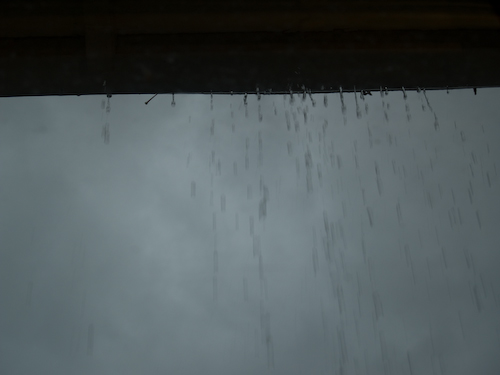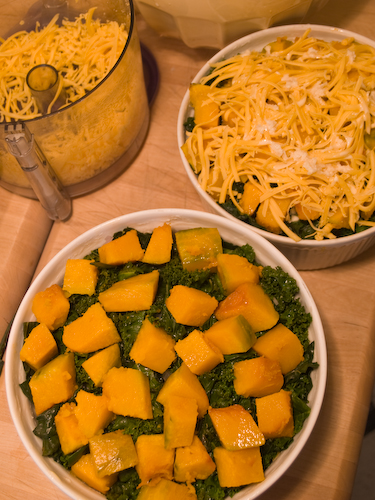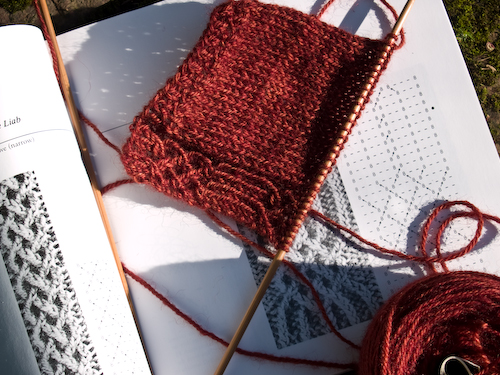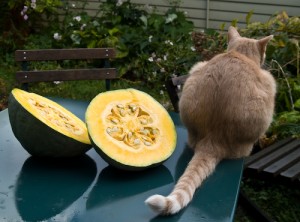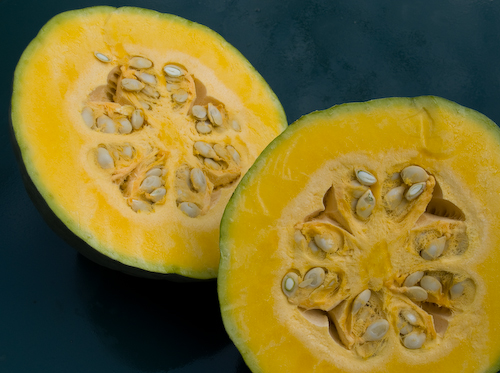Skating party
With Portland in the clutches of the best cold snap in a decade, I should have thought of it myself.
Every mild Northwest winter I mourn the lack of ice for skating. There are rinks in Portland, of course, where you can pay to shuffle around in a maelstrom of children and inexpert adults on ice that’s barely frozen because it’s conveniently located inside a mall. I suspect if you pay more you can gain access to a more serious rink with more serious skaters, but the skating I love is the free skating from my days in Maine, the night skating on the town green flooded by the fire department, or the open and mostly deserted hockey arena where I could squeeze in an hour between classes after lunch.
When the skating bug bit me my freshman year, I was sometimes skating three or four times a day, first on borrowed skates, then on cheap figure skates from Play It Again Sports once I knew I was hooked. I passed the wobbly stage, learned to keep my center of gravity low and my knees flexible, grew faster and bolder. One afternoon the girls’ hockey coach spotted me practicing hockey stops. He shook his head in dismay at my footwear and told me that if I got some real skates he’d teach me. I found a nice pair of CCM hockey skates on sale, and teach me he did, several days a week, just because he had some spare time in the afternoons before the team practiced and he liked seeing a girl hooked on gliding over the ice and eager to practice back crossovers and edge changes.
So last night: a phone call from our neighbor Carl. Carl grew up in Maine, and although he came late to skating as I did, he got the same bug. Earlier in the week Carl and his wife had tried to go out kayaking to look at the snow geese visiting for the winter on Smith and Bybee Lakes, a couple of wetland ponds north of the city. (The ponds are surrounded by industrial complexes, port terminals, and a freight railroad, but they’re the largest wetland preserve within an American city and they draw all kinds of birds and other wildlife. They’re also on one of our main cycling routes, which is why I really should have thought of them.) The ponds were mostly frozen, which didn’t deter Carl and Kate; they scooted their kayak along until the ice was thin enough to break through and went for their paddle anyway. But the temperature had stayed well below freezing ever since, and Carl wanted to go back and see if the wetlands were skatable. It would have to be now or early in the morning, as the temperature is forecast to rise today and through the weekend.
Turtleneck. Fleece overshirt. Norwegianish wool cardigan from L.L. Bean. Down jacket. Windproof neck warmer. Fleece headband. Hat. Long johns. Jeans. Ski socks. Ski mittens. Snowboots. Skates. A backpack with emergency dry clothes and a length of rope. A couple of long, stout sticks to feel ahead for irregularities or thin patches in the ice. Headlamps optional. We piled into Carl’s ancient VW Rabbit and we were off. The “closed at sunset” gates to the preserve were open; the place was still and quiet but for the occasional clank and belch of some industrial equipment and the gabble of the geese nesting on an island far across the pond. The northern constellations glimmered dimly through the mauve haze of the light pollution: Orion. Casseopeia. Auriga. The Dipper.
We laced our skates at the pond’s edge, laughing at having forgotten how stiff skates are. We skated cautiously at first, prodding and tapping with our poles, finding the shallow places where reeds poked through and the rough places where wind or current had rumpled the surface. At least twenty yards from shore the ice was sound. Carl triggered a crack or two farther out, so we kept to the shoreline. A small cove beside the bulk of a beaver lodge seemed to have the smoothest ice. We scribed figure eights and spirals, carving tracks and curlicues and enjoying the run and scrape of our blades for an hour. I was tentative at first, but worked slowly through my old exercises, finding my balance, finding my edges (sadly dull), feeling the ice. I did my back crossovers with something less than my old fluidity, but I did them: gliding backwards at medium speed, shoulders turned to the center of my circle, weight low, trusting the outside edge of the inner blade to free the outer foot for the step over and in. I didn’t fall. I wasn’t cold. The park rangers didn’t find us and make us get off the ice.
Afterward, after we ate cookies and satsumas around the stove in Carl and Kate’s kitchen, I slept more soundly than I have in weeks.


